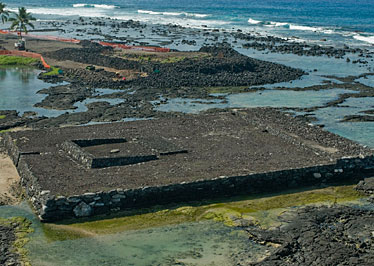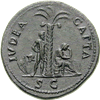 The British colony on the Avalon peninsula in Newfoundland was founded by Lord Baltimore in 1621. Six years later, someone dropped a 22-karat gold Scottish coin. Almost four hundred years later, archaeologists found it in the stone footing of a house.
The British colony on the Avalon peninsula in Newfoundland was founded by Lord Baltimore in 1621. Six years later, someone dropped a 22-karat gold Scottish coin. Almost four hundred years later, archaeologists found it in the stone footing of a house.
The “Sword and Sceptre” coin dated 1601 was issued during the reign of King James VI of Scotland, two years before he ascended the throne of England as King James I.
It features the crowned arms of Scotland (rampant lion) on the obverse, surrounded by the Latin inscription, “James VI, by the Grace of God, King of Scots.” The reverse features a crossed sword and sceptre, flanked by two thistles — all below a crown. The reverse Latin legend reads, “The safety of the people is the supreme law.” “It’s probably the most unusual and valuable thing from this early period (ever found). I don’t know of any other (complete) gold coins from any other land archeological sites in eastern North America or Canada,” said Tuck, who has been excavating the site of the colony since the early 1990s. “Those underwater guys are always finding them by the bushel from ships and stuff.”
That’s funneh. :giggle:
Interdisciplinary envy aside, I didn’t realize gold coins were such a rare find in North America. It makes sense, though, considering that Britain colonized the land at least in part to establish a solid launching point for piracy again Spanish treasure ships from Central and South America, and all that gold went to the motherland.










